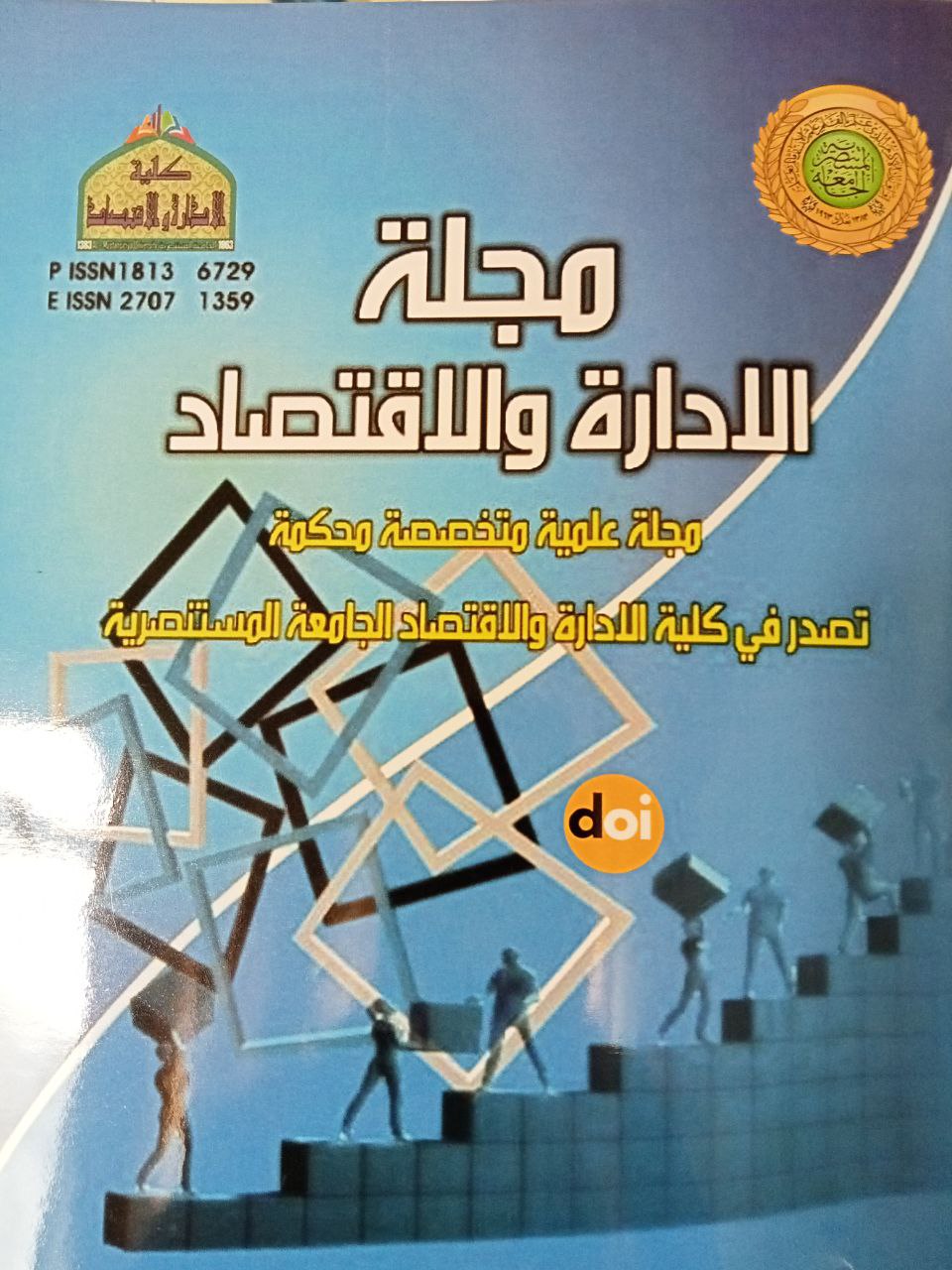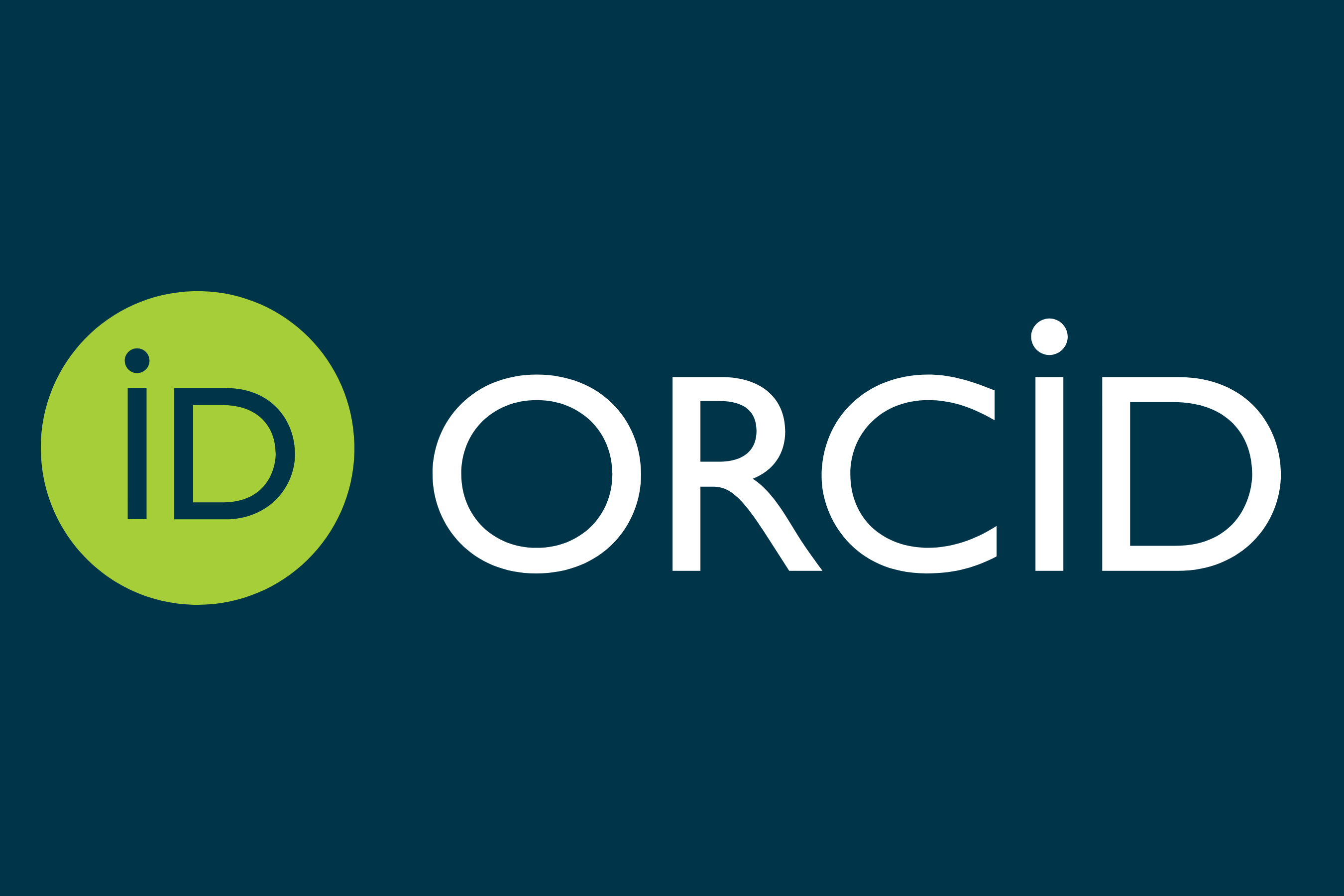The impact of cyber security on the internal control unit and its reflection on economic unityAn exploratory study of the opinions of a sample of auditors and accountants in the Ministry of Higher Education
DOI:
https://doi.org/10.31272/jae.i127.106Keywords:
Cyber Security, Internal Oversight, Information Technology Governance (COBIT5)Abstract
The research aims to identify the importance of cyber security through its impact on internal control and the value of the economic unit by adopting the Information Technology Governance Framework (COBIT5), and then trying to come up with a set of recommendations that contribute to increasing the value of the economic unit, In order to achieve the research objectives, the researcher used the descriptive and analytical method in collecting data, and a questionnaire was adopted that included a set of questions divided into eight axes that reflect the research requirements, through the use of google form models, and Stephen Thumpston’s equation was adopted in determining the size of the sample consisting of (98) An auditor and accountant working in higher education and scientific research, Among the most important conclusions reached there is a general acceptance and agreement on the existence of a relationship between the dimensions and requirements of cyber security (operations and procedures, cyber risks, confidentiality and privacy protection, logical security, strategy) on modern frameworks for internal control (COBIT5) and the value of the economic unit, The research was concluded with a set of recommendations, the most important of which is the need for the economic unit to adopt effective methods for continuous evaluation of internal control to maintain information security by adopting modern frameworks for internal control COBIT5 and through the integration of procedures and characteristics in light of modern frameworks to avoid the means of penetration of electronic systems and attempts to manipulate their information.
References
1- Tonge, A. M., Kasture, S. S., & Chaudhari, S. R. (2013). Cyber security: challenges for society-literature review. IOSR Journal of Computer Engineering, 2(12), 67-75. DOI: https://doi.org/10.9790/0661-1226775
2-Canelón, J., Huerta, E., Leal, N., & Ryan, T. (2020, January). Unstructured Data for Cybersecurity and Internal Control. In Proceedings of the 53rd Hawaii International Conference on System Sciences.
3-Eaton, T. V., Grenier, J. H., & Layman, D. (2019). Accounting and Cybersecurity Risk Management. Current Issues in Auditing, 13(2), C1-C9
4-Nisrina, Iffah & Edward, Ian & Shalannanda, Wervyan. (2016). IT governance framework planning based on COBIT 5 case study: secured internet service provider company: Case Study: Secured internet service provider company. 51-56. 10.1109/ICWT.2016.7870851..
5-Park, H., …[et al.,]. (2006). The Effect of Improving IT Standard in IT Governance. In 2006 International Conference on Computational Inteligence for Modelling Control and Automation and International Conference on Intelligent Agents Web Technologies and International Commerce (CIMCA’06). -Retrieved from:
6- Tuttle, B., & Vandervelde, S. D. (2007). An empirical examination of CobiT as an internal control framework for information technology. International Journal of Accounting information systems, 8(4), 240-263. DOI: https://doi.org/10.1016/j.accinf.2007.09.001
7- Andry, J. F., & Setiawan, A. K. (2019). IT Governance Evaluation using COBIT 5 Framework on the National Library. Jurnal Sistem Informasi, 15(1), 10-17. DOI: https://doi.org/10.21609/jsi.v15i1.790
8- Tangprasert, S. (2020). A Study of Information Technology Risk Management of Government and Business Organizations in Thailand using COSO-ERM based on the COBIT 5 Framework. The Journal of Applied Science, 19(1), 13-24.
9- Wolden, M., Valverde, R., & Talla, M. (2015). The effectiveness of COBIT 5 information security framework for reducing cyber attacks on supply chain management system. IFAC-PapersOnLine, 48(3), 1846-1852. DOI: https://doi.org/10.1016/j.ifacol.2015.06.355
http://etisalat.com/en/system/docs/12-4-2013/EtisalatGovernanceReport-2013-English.pdf -10
11-Vijayakumar, A. N., & Nagaraja, N. (2012). Internal Control Systems:Effectiveness of Internal Audit in Risk Management at Public SectorEnterprises. BVIMR Management Edge, 5(1), 1-8.
12-El-Mahdy, D. F., & Park, M. S. (2014). Internal control quality and information asymmetry in the secondary loan market. Review of Quantitative Finance and Accounting, 43(4), 683-720. DOI: https://doi.org/10.1007/s11156-013-0389-1
13 -Saidin, S. & Badara, M. (2013). Impact of the effective internal controlsystem on the internal audit effectiveness at local government level. Journal of Social and Development Sciences, 4(1), 16.
14-McNally, J. Stephen, (2014). The 2013 COSO Framework & SOX Compliance (One Approach to an Effective Transition).
15- Novianto, F. (2020, April). Electronic Government Development Strategies Using Frameworks COBIT 5. In Proceeding International Conference on Science and Engineering (Vol. 3, pp. 263-271).

Downloads
Published
Issue
Section
Categories
License
Copyright (c) 2022 Journal of Administration and Economics

This work is licensed under a Creative Commons Attribution 4.0 International License.
The journal of Administration & Economics is an open- access journal that all contents are free of charge. Articles of this journal are licensed under the terms of the Creative Commons Attribution International Public License CC-BY 4.0 (https://creativecommons.org/licenses/by/4.0/legalcode) that licensees are unrestrictly allowedto search, download, share, distribute, print, or link to the full text of the articles, crawl them for indexing and reproduce any medium of the articles provided that they give the author(s) proper credits (citation). The journal allows the author(s) to retain the copyright of their published article.
Creative Commons-Attribution (BY)









